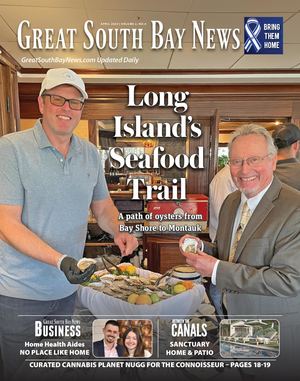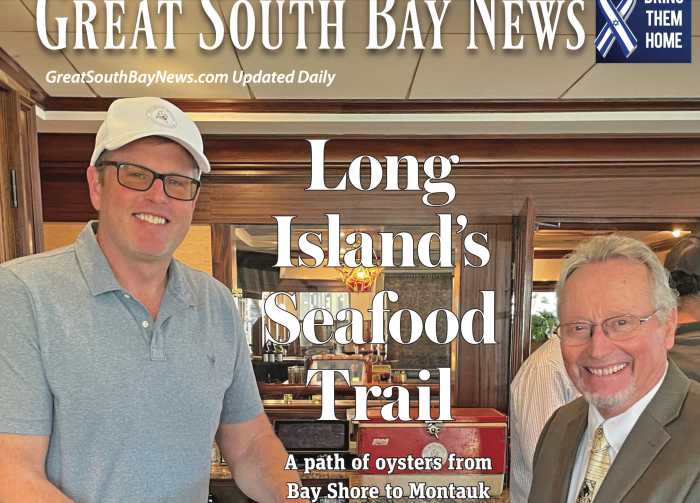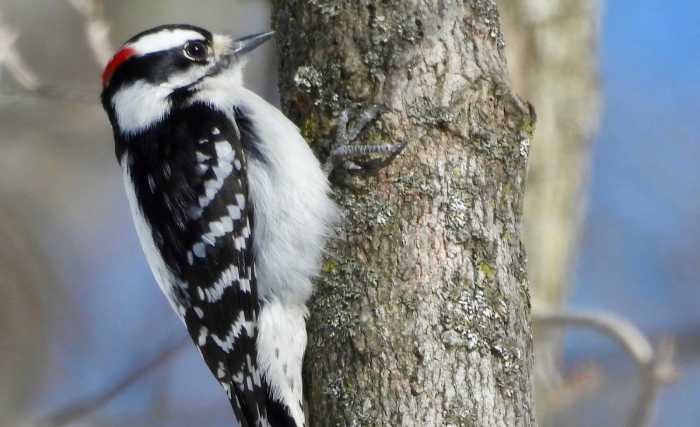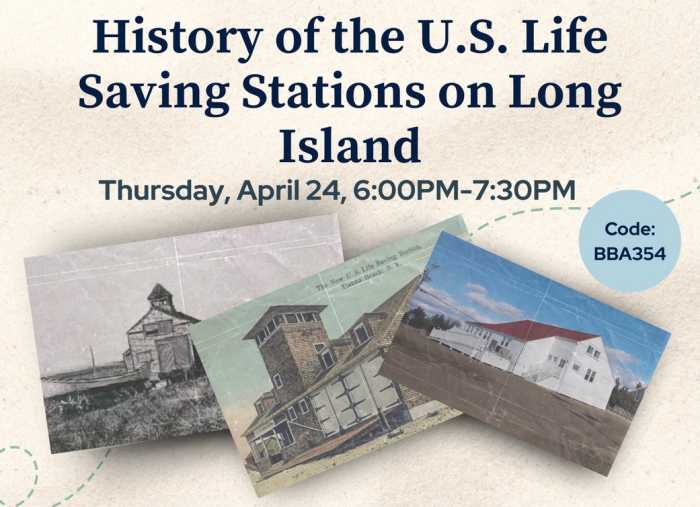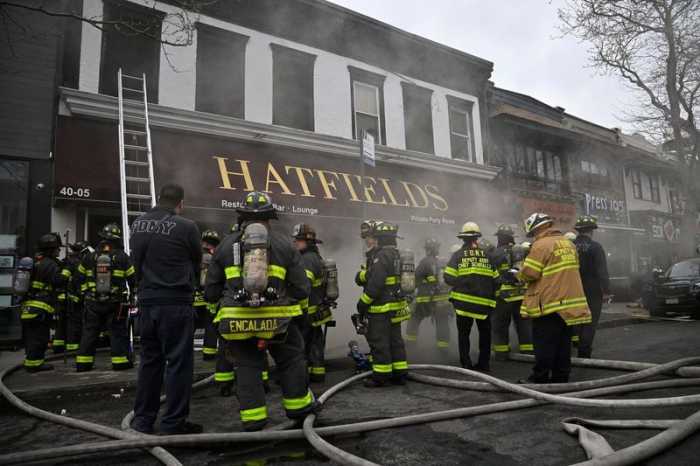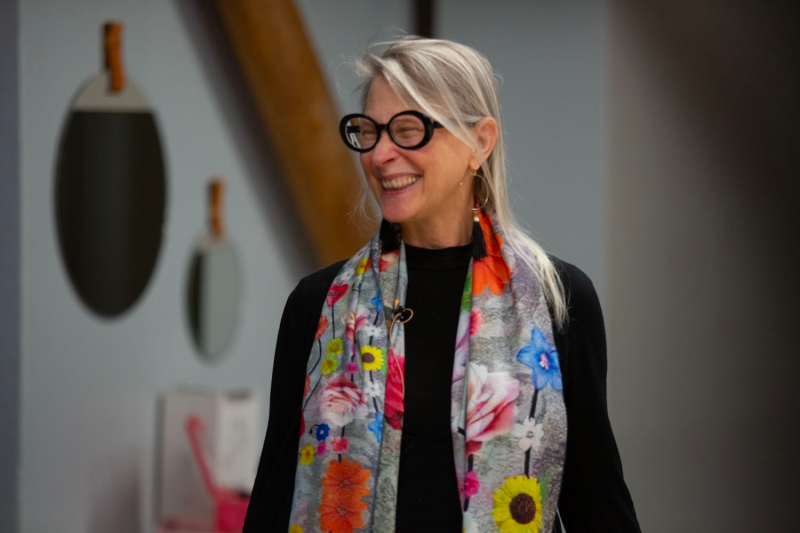A new way to grow eelgrass is being pursued off Barrett Beach on Fire Island. The concept is that of Robert (Rob) Vasiluth. And its development originates with 9/11.
Vasiluth, an operating engineer from Suffolk County, was in Manhattan hoisting a section of a sign high up on the Renaissance Times Square Hotel when just a few miles to the south he saw the World Trade Center being struck.
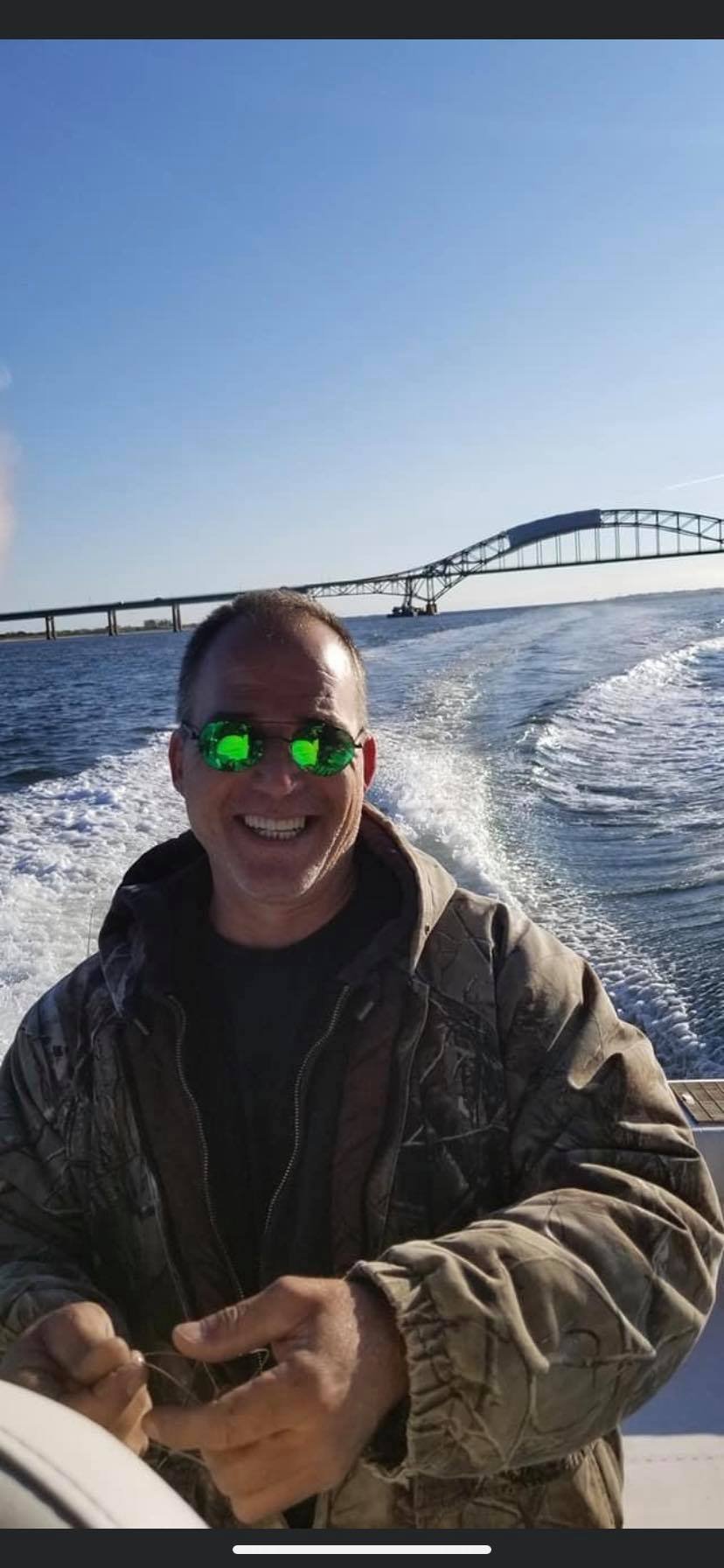
“I saw the second plane hit,” recounts Vasiluth. “I went home to my family” in Commack, he said, feeling “so terrible.” And the next day he was at Ground Zero, part of a bucket brigade that hand-to-hand was moving debris. Soon his task was cutting steel so corpses could be found in the pile.
“This was the city I love,” said Vasiluth. And he was “seeing what the world destroyed looks like.” From that experience, he committed himself to “saving life.”
Several weeks later, he was at Sunken Meadow State Park, and an alewife, a species of herring that returns to where it was born to lay eggs, had jumped out of the water and “was wriggling on the ground.” It had been blocked from getting to where it was born by a dam. He picked up the alewife “so it could get back on its way.” It “swam away. I couldn’t get it out of my head. This fish needed help.”
Since, Vasiluth has been pushing for pathways so alewives can get around the dams that, he said, exist now on Long Island in virtually all waterways in which alewives seek to return to spawn.
Then he joined with the organization Save the Sound to plant spartina grass to restore wetlands. And, he began thinking about the vegetation beyond wetlands: notably eelgrass.
He asked himself: how could eelgrass beds best be restored?
Eelgrass “is the foundation in the shallow sea,” notes Vasiluth. “It’s a nursery ground for juvenile fish. It’s where scallops can thrive. Eelgrass produces oxygen. It slows down erosion. It’s a natural buffer. It neutralizes acidification. It absorbs carbon.” But “95 percent of eelgrass in New York waters is gone,” he said.
There have been attempts to plant eelgrass seeds but they have largely been unsuccessful. He studied the issue for months. And then he came up with an idea: using a glue to affix eelgrass seeds to clams. The clams with the seeds would, he figured, bury themselves in the sea bottom and this way the seeds could far better germinate rather than just being scattered in the water as was being tried.
Chris Pickerell, marine program director at Cornell Cooperative Extension of Suffolk County, opened its laboratory in Southold to Vasiluth for experimentation of the concept. And it worked. The glue used? Cyanoacrylate. That’s the stuff that is the basis for Krazy Glue™.
The germination rate of gluing eelgrass seeds to clams – five to 10 per clam – to produce eelgrass has turned out to be “phenomenal,” said Vasiluth. eelgrass seeds, he explains, “are very similar to caraway seeds on the everything bagel.”
He has been involved – with Cornell Cooperative Extension, The Nature Conservancy, Save the Sound, Islip-based Seatuck Environmental Association and the Stony Brook University School of Marine and Atmospheric Sciences – in the planting of eelgrass seeds on clams widely in area waters. These include waters of the Long Island Sound offshore of Stony Brook, in Sterling Harbor off Greenport, in Shinnecock Bay assisted by the Science Club of Hampton Bays Schools, and in the Great South Bay off Fire Island’s Barrett Beach.
Vasiluth has worked with marine scientist Carl LoBue, director of the New York Ocean Programs for The Nature Conservancy, on the eelgrass efforts off Fire Island.
Meanwhile, a major eelgrass seed collection initiative furthering Rob’s concept began last year off Fishers Island, the little island two miles off Connecticut that’s part of Suffolk County. Save The Sound, in an online article on the project – which includes a photo of Rob in a mask and scuba gear in the water holding up a bag of eelgrass seeds – notes that it is aimed at increasing “eelgrass propagation…by using clams as an alternative to traditional planting methods.” Fishers Island, the piece says, “is the home of the last best eelgrass habitat in the Long Island Sound due to the work of the Fishers Island Conservancy Eelgrass Management Program.”
An operating engineer skilled with working heavy equipment, age 53, the father of three, Vasiluth has invented a hugely important process for bringing back that vital aquatic vegetation: eelgrass.
From the devastation at Ground Zero, he is bringing back life to area waters – including the Great South Bay.
